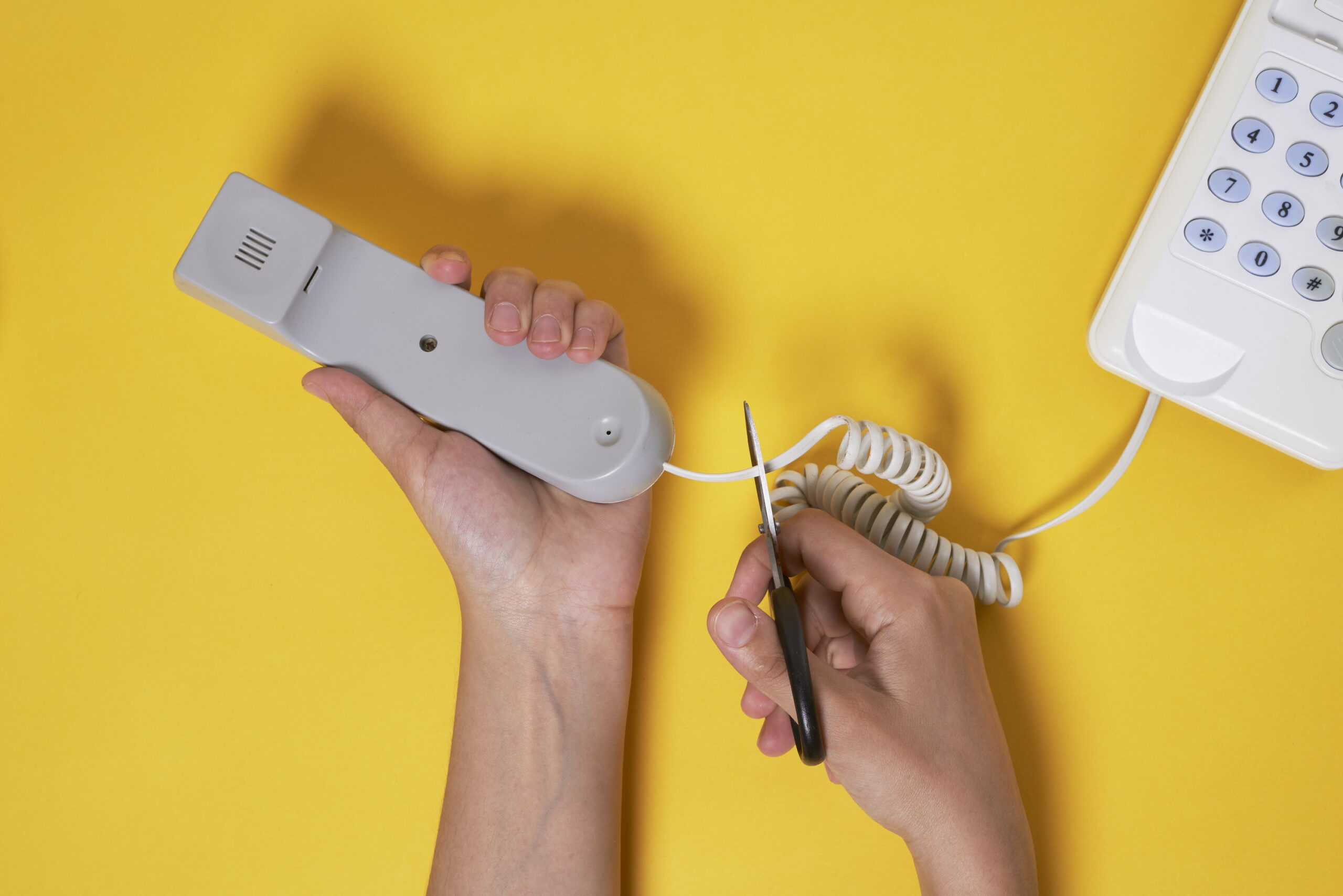Copper lines were built for a different era where downtime wasn’t a compliance risk, and one connection was “good enough.” Not anymore.
Today’s POTS replacement systems are powering life-safety devices, business-critical services, and infrastructure that can’t afford to go offline. That’s why long-term reliability hinges on eliminating single-path dependency. The answer: multi-path connectivity, often referred to as Multi-WAN.
Why Multi-WAN Is the Modern Standard
Multi-WAN means your system connects via two or more independent networks—think fiber or cable plus LTE/5G, often with a third fallback like a second carrier SIM. If one path fails or degrades, traffic automatically reroutes through the other. Failover is instant. Uptime is preserved. And most importantly, critical systems like fire alarms, elevators, and security lines stay live.
In short: no more single point of failure.
Real-World Resilience
The most common configuration we see today is wired broadband paired with cellular backup. It’s a practical, proven combo: fast speeds from cable or fiber, plus the anytime-anywhere reliability of a wireless network.
This dual-path design has become essential for scenarios where outages aren’t an option. During regional storms or fiber cuts, buildings with multi-WAN systems don’t lose their emergency communications—they simply shift to the secondary path and keep going.
And this isn’t theory. We’ve seen the consequences of failing to plan for network change. The rapid shutdown of 3G in the U.S. between 2022 and 2023 caught many businesses off guard. Thousands of connected devices lost service overnight. Critical systems like fire panels, medical monitors, and other devices had no backup option. A single-path design meant a full system rip-and-replace.
With Multi-WAN, these transitions don’t require panic or rebuilds. You just adapt.
Built to Handle What’s Next
Networks change. Carriers exit markets. Fiber gets cut. New options emerge. A 10- to 20-year connectivity plan must expect disruption and handle it automatically.
That’s where today’s POTS replacement appliances shine. Many are now dual-SIM capable, support multiple carriers, and come with Ethernet ports for wired backhaul. Failover is native. No manual intervention needed.
Even more advanced solutions use SD-WAN intelligence to monitor performance in real time, load-balancing traffic and dynamically adjusting based on network health. The result? Higher uptime, lower risk, and smoother operation.
The Bottom Line
Multi-WAN isn’t a “nice-to-have.” It’s the backbone of modern, resilient infrastructure.
Over a 20-year system lifespan, it’s the difference between continuous service and costly outages.
If your current or future POTS replacement strategy doesn’t include Multi-WAN, it’s time to rethink your plan.
Ready to Build with Resilience?
TELCLOUD’s all-in-one solution is built for what’s next—with dual-path connectivity baked in.
Talk to our team to learn how easy it is to deploy a multi-WAN-ready system that keeps you online, compliant, and confident.




